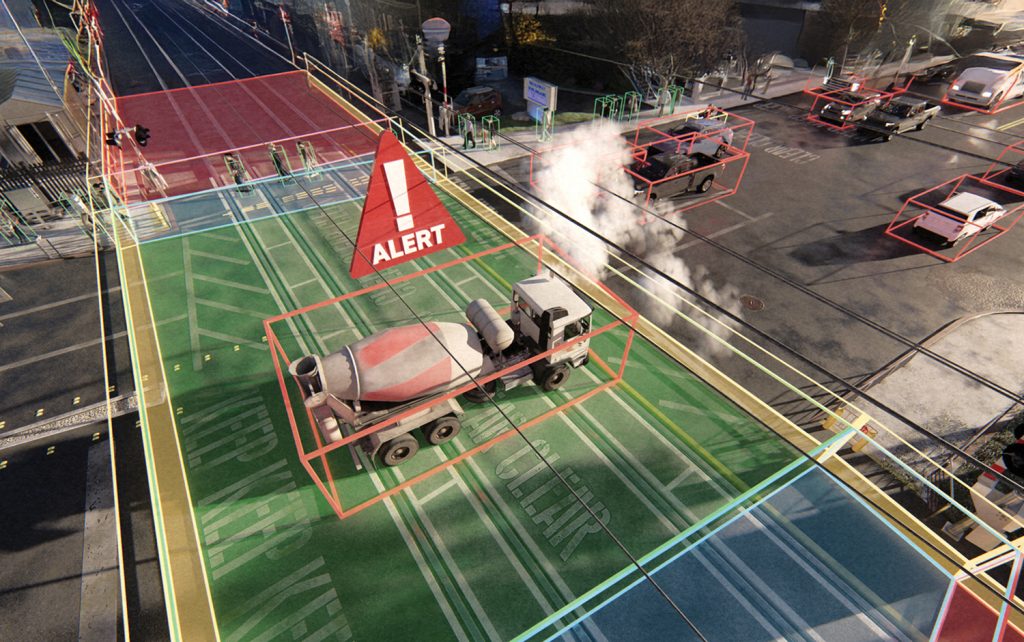Caltrain Uses Artificial Intelligence to Make Crossings Safer
By Dan Lieberman | 7/3/2025
DAN LIEBERMAN
Public Information Officer
Caltrain
San Carlos, CA

Safety is Caltrain’s primary core value. It underlies every decision we make, from the technology we install at our crossings to how we communicate about incidents. That commitment is why we are accelerating both proven and innovative measures to keep people out of harm’s way, and one of those measures is AI technology.
Last year, Caltrain installed AI technology at Burlingame’s Broadway Crossing, and a few months later, we did the same at Palo Alto’s Churchill Avenue crossing. Using LiDAR and high-definition cameras, this system quickly learned what normal car and pedestrian traffic behavior looks like so it can easily identify when something out of the ordinary occurs. The system is sophisticated enough to distinguish between a brief pause from a stalled car or person lingering on the tracks, or even notice a backpack left where it shouldn’t be.
After the system is alerted, information is relayed immediately to a Herzog employee, who then alerts our train control staff within seconds, so that appropriate directions can be given to train crews and transit police. The installation at Burlingame’s Broadway crossing—a location considered by the California Public Utilities Commission as the highest-risk crossing in the state—has gone more than six months without a single incident since the system went live.
This new technology also gave us new insight into how our corridor operated. As we looked over the footage from Broadway, we observed that on average, about three drivers per week were driving outside of their lane; not enough to get them stuck in our ballast, but still too close for comfort.
We took action to improve the physical environment of the crossing, so drivers, cyclists, and pedestrians have clearer cues on how to proceed. Solar-powered roadway markers now trace safer paths over the rails. We are replacing worn ties and concrete panels for a smoother crossing, refreshing pavement striping, relocating stop bars, installing brighter signage, and adding flexible delineators that safely direct vehicles through the grade crossing. We’ve also reached out to companies such as Google, that offer car navigation services, to encourage them to provide drivers with the oral navigation directions they need to turn after passing the tracks, not onto them.
But we’re not stopping there! Later this month, San Francisco’s 16th Street Crossing will also be equipped with this exciting new technology, ensuring that another one of our crossings has an added layer of oversight.
Given the prohibitively high cost of grade separations, this sort of near-term solution is critical in order to keep our corridor safe. Caltrain will continue investing in technology, infrastructure, and partnerships that make our corridor safer, and will continue to explore new locations for this, and other, exciting new technologies, to continue to make the Caltrain environment as safe as possible.